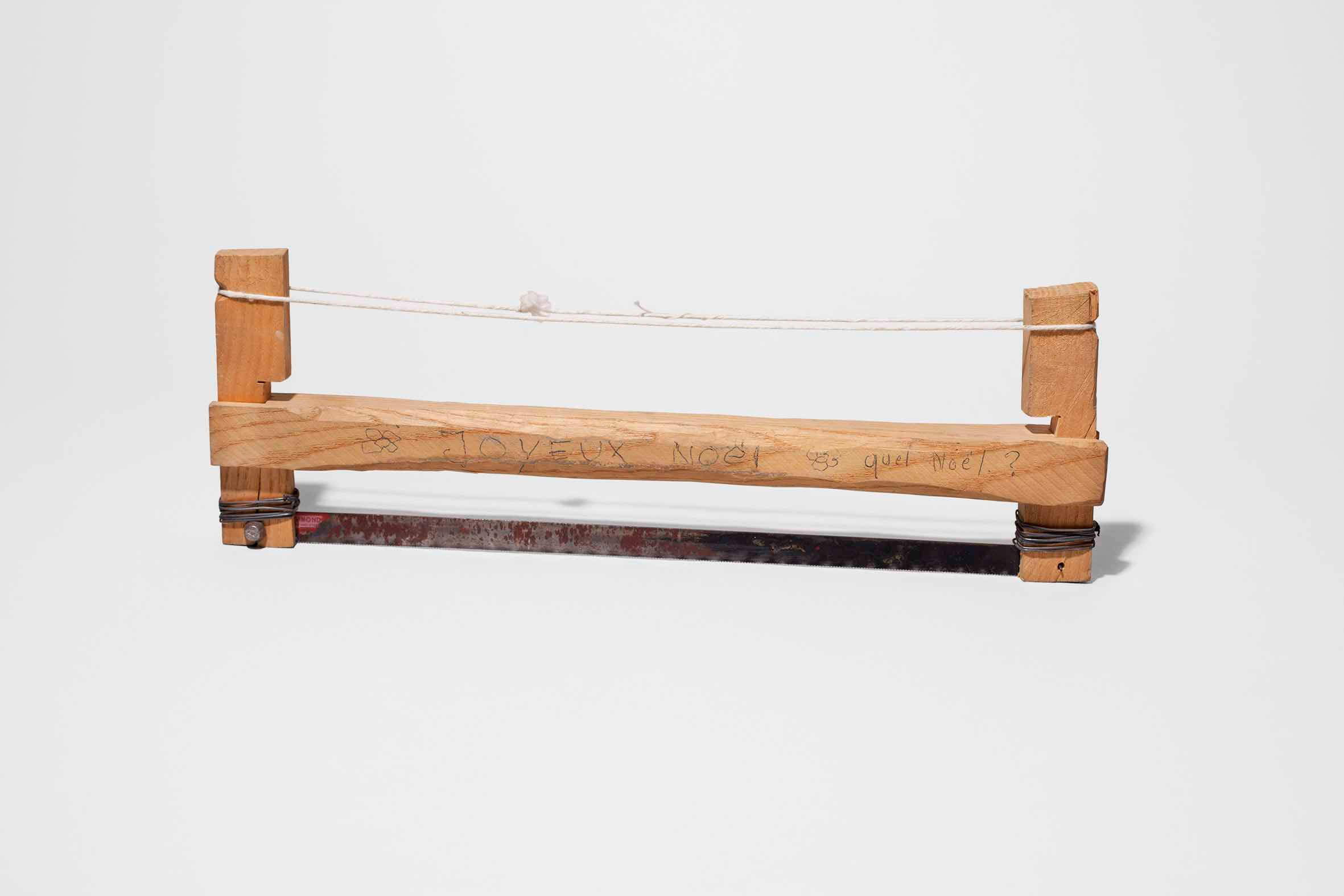Mélanie Veuillet (*1989) studied visual arts at the HEAD-Genève and spent a year at the photography department of the Gerrit Rietveld Academy in Amsterdam. In her practice, she brings together different media such as photography, video and publishing. Her artistic work is structured around documents relating to forms of human organization, which question in one way or another, notions of alienation, control and surveillance. She uses photography and video as a tool to identify t [...]
Mélanie Veuillet (*1989) studied visual arts at the HEAD-Genève and spent a year at the photography department of the Gerrit Rietveld Academy in Amsterdam. In her practice, she brings together different media such as photography, video and publishing. Her artistic work is structured around documents relating to forms of human organization, which question in one way or another, notions of alienation, control and surveillance. She uses photography and video as a tool to identify the impact of contemporary changes on individuals and environments. Her work has been shown in numerous exhibitions: Curtat Tunnel, the Villa du Parc and the Swiss Design Awards 2015 in Basel. This exhibition provides the public with an opportunity to discover her series Tools of Disobedience: 190 photographs depicting objects clandestinely made by prison inmates from a range of Swiss prisons and detention centres. The series was published by Patrick Frey Editions in 2017. The objects photographed were confiscated from inmates during their time in prison. Secretly manufactured in their cells using whatever materials they had to hand, these are for the most part, makeshift versions of functional objects that non-incarcerated people use in their daily lives.
They bear witness to the spirit of ingenuity and inventiveness required in such a peculiar and precarious context with multiple constraints: limited environment, poor materials, lack of tools, the fact of being under constant surveillance, and the need for secrecy or discretion. The materials available to the inmates have been transformed, assembled and subverted from their original function and are reborn with new functionalities or properties: they often appear more primitive or vital than their exterior versions, different in appearance, but just as functional. Some of these are very recent and have been made from industrial objects, others date from several decades ago and demonstrate a very different manufacturing technique and appearance. Together, these hybrid objects constitute a visual vocabulary of forms that are both familiar and foreign, serious and intimate, urgent and primitive.
